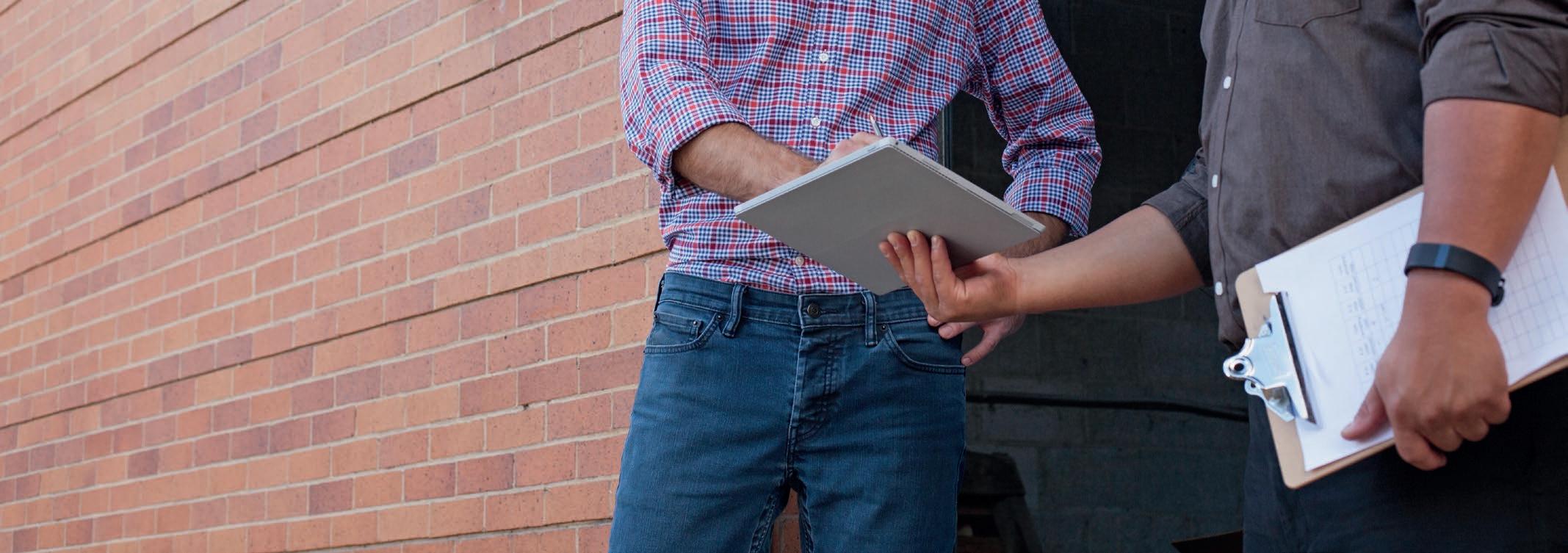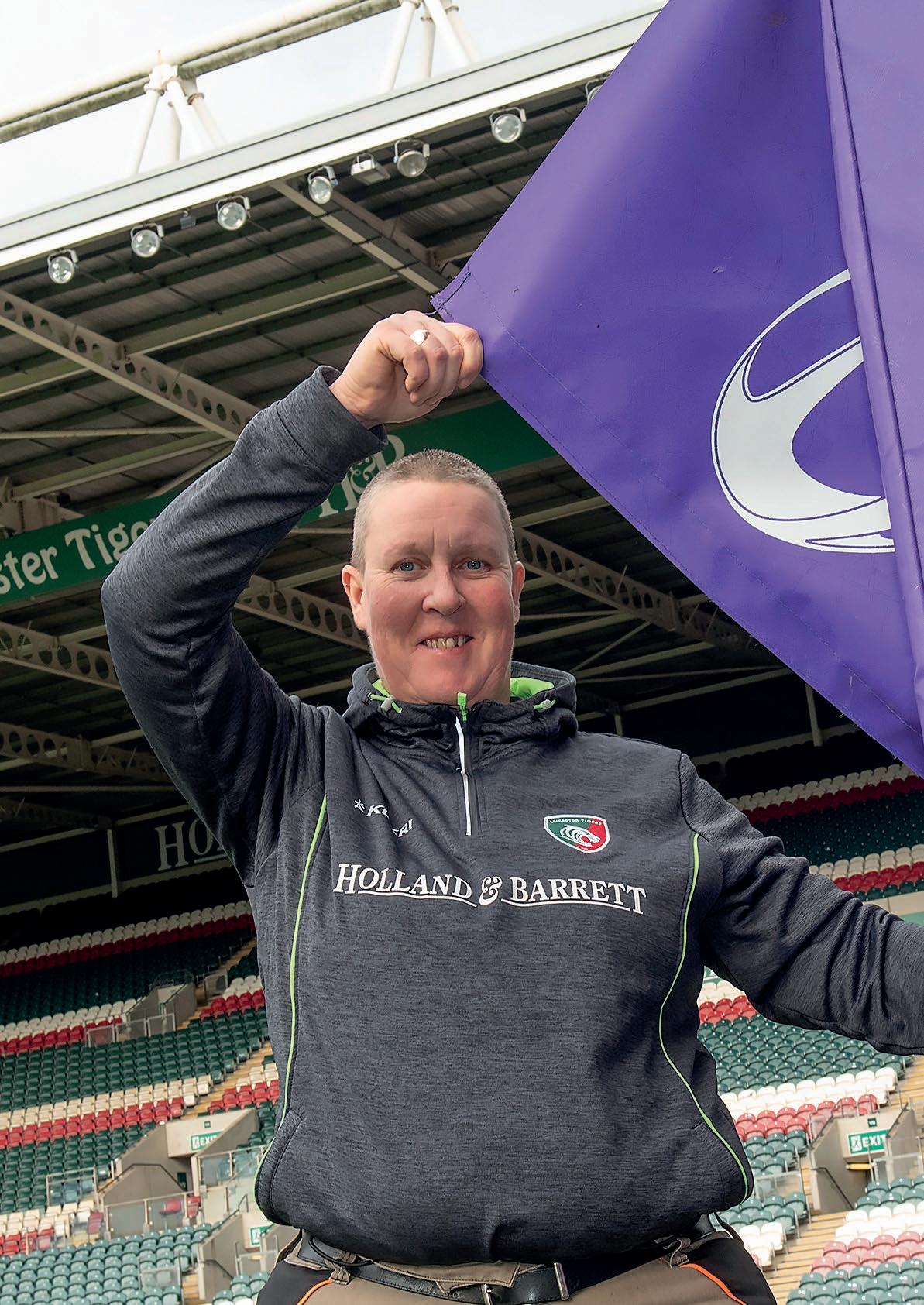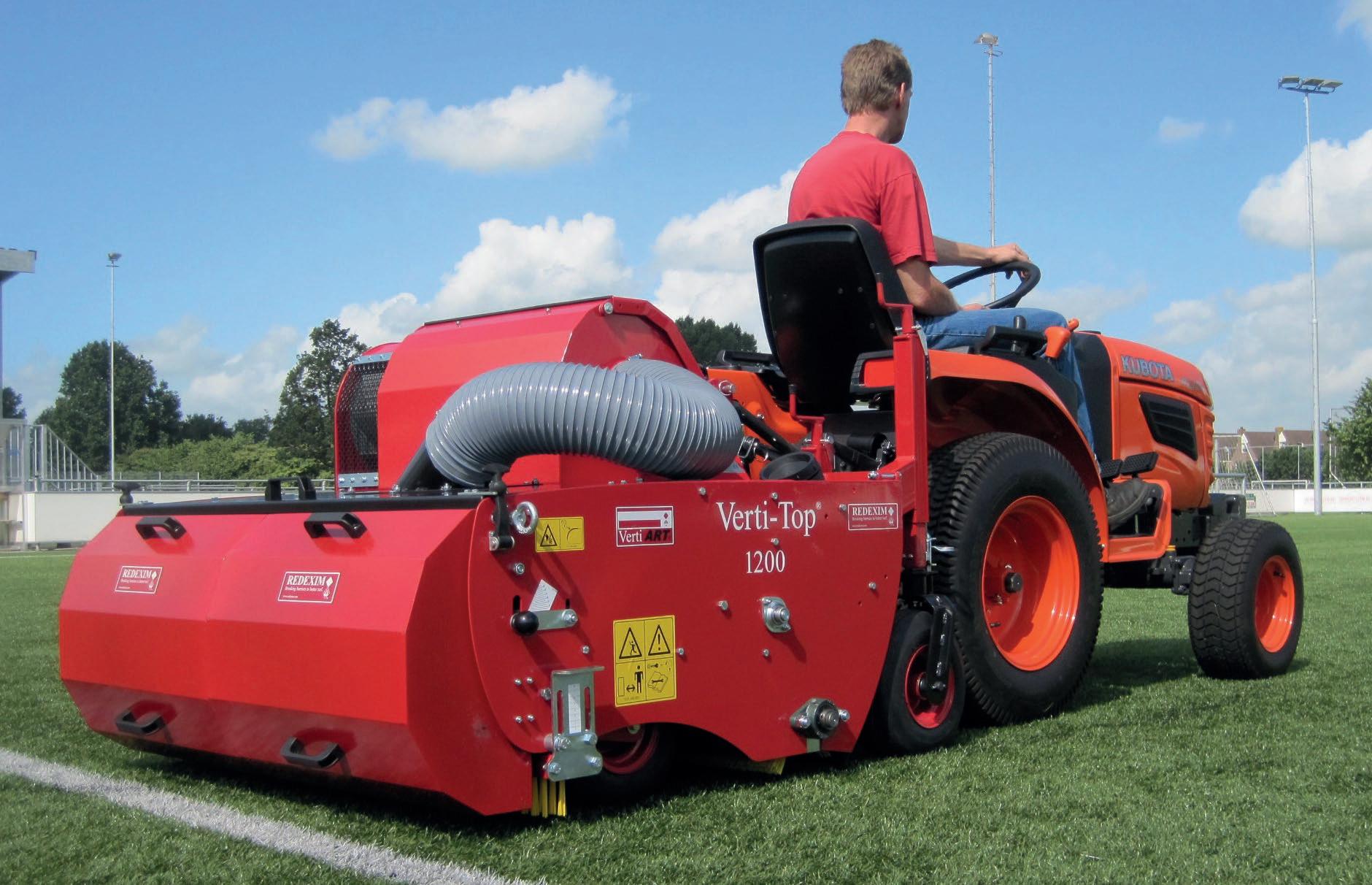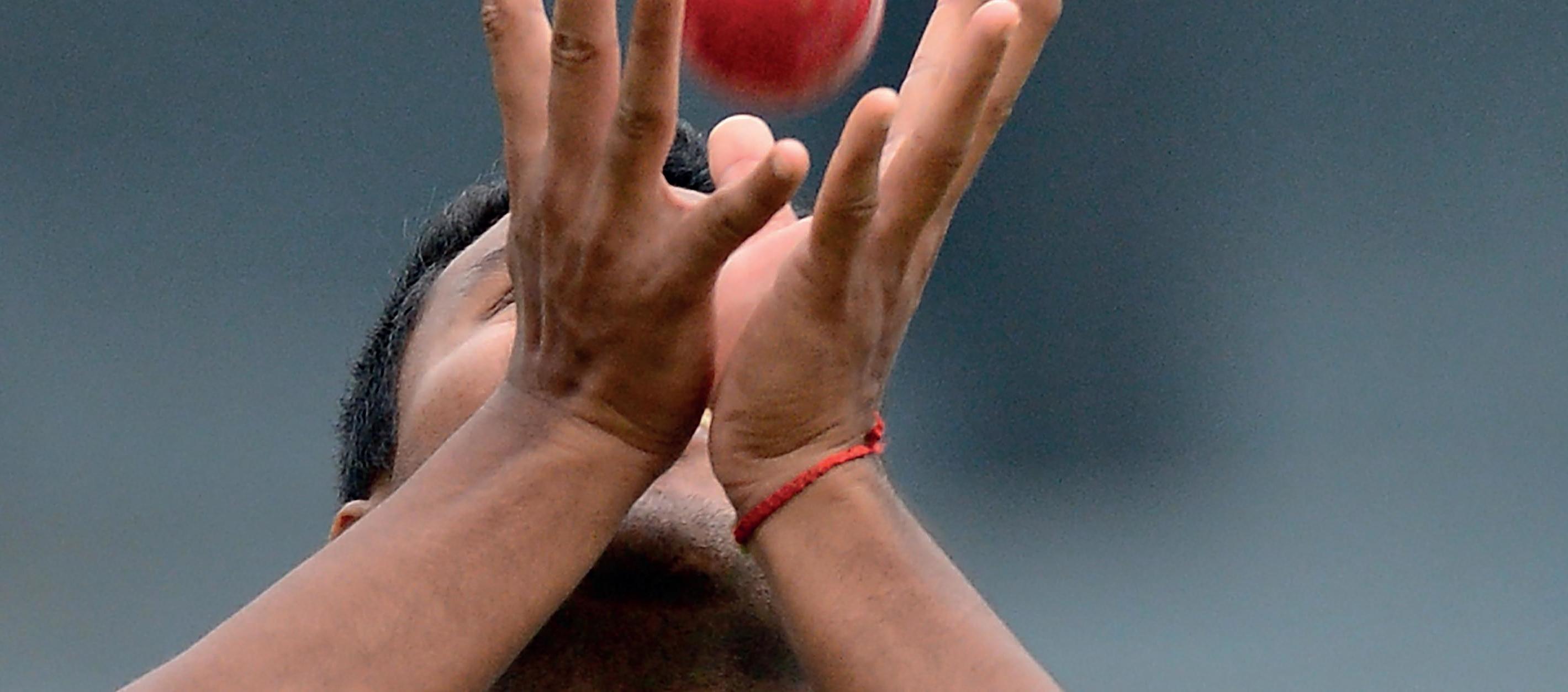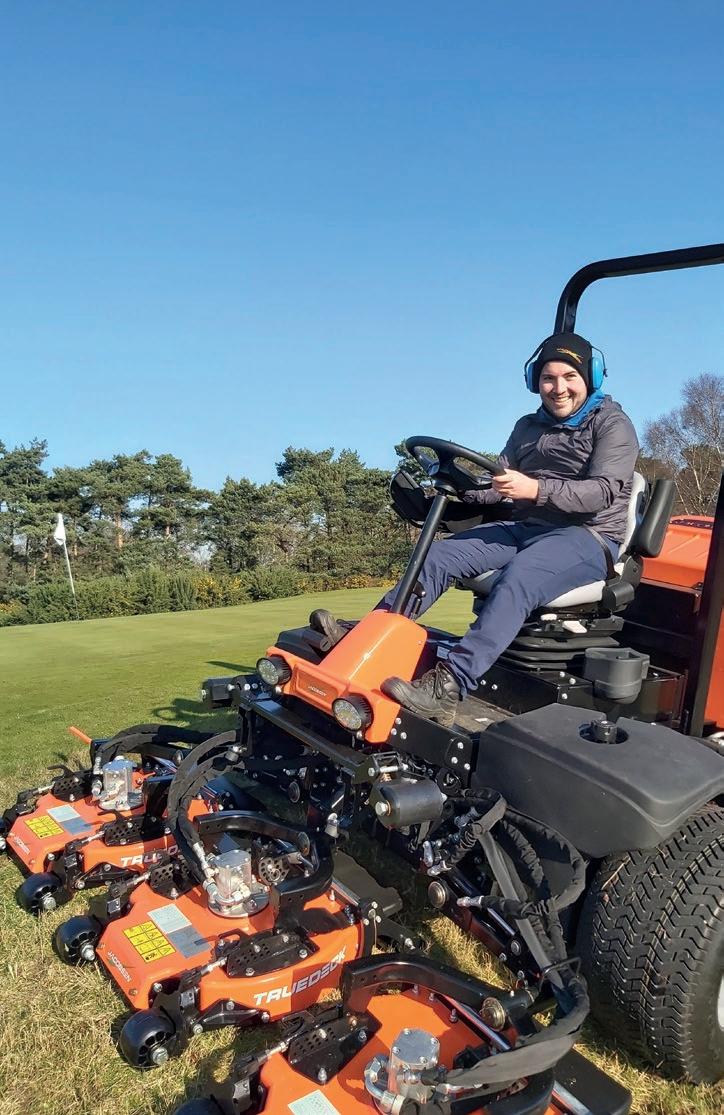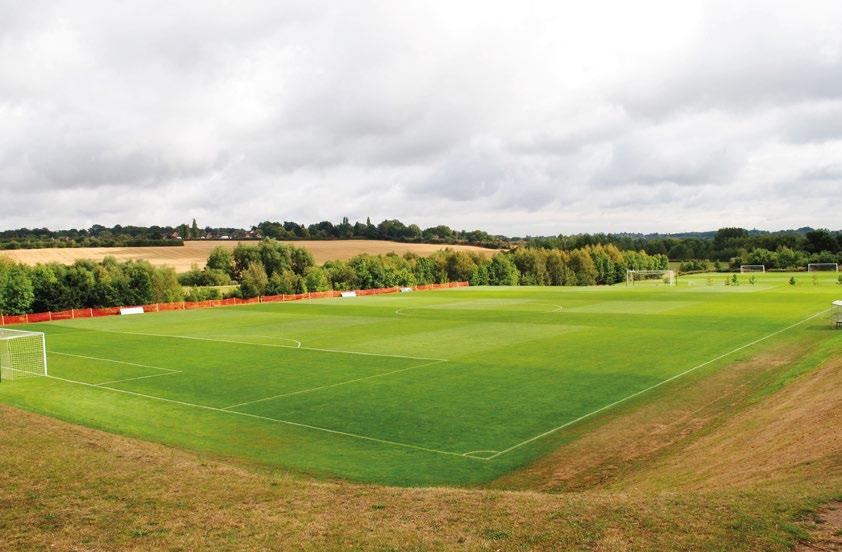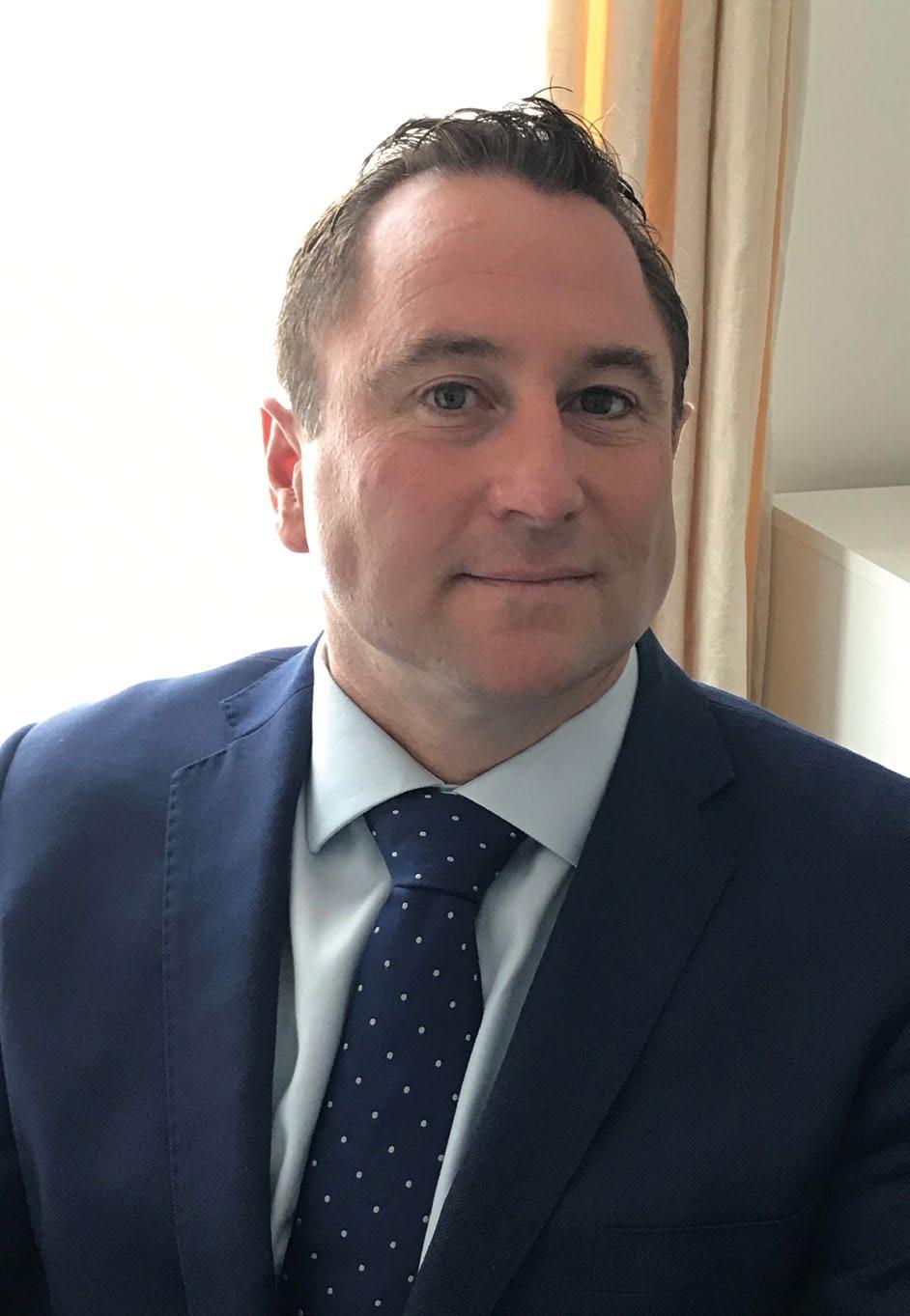BEST PRACTICE | THE UNIVERSITY OF WARWICK
UNIVERSITY MEETS THE CHALLENGE The University of Warwick’s grounds team does a superb job maintaining a vast array of facilities for an enormous number of users – there are 25,000 students alone – evidenced by its 2019 GMA Industry Award and by its patronage by players of every ability Andy Carmichael Freelance writer
16 GROUNDS MANAGEMENT | AUGUST 2020
THE LOCKDOWN has affected the grounds industry in many different ways and, after an initial period of furlough for some of the University of Warwick’s grounds team, all eight of them are now back preparing surfaces, ready for when team sport is given the green light. While some of the team remained on site to keep the pitches mowed, head groundsperson Charlie Yeomans was home-based and dealt with the administration and management tasks demanded of his position. Now, he says, he is pleased to be “back on the tools again” since there is clearly a lot of work to be done given the number of pitches the team looks after and this year’s highly variable weather. The university has a vast array of facilities reflecting the broad range of sports offered in higher education and the competitive level at which they are played. The five grass football pitches, three rugby pitches, two cricket squares, two American football pitches and four lacrosse areas can, during term time especially, create a considerable workload – particularly on Thursday mornings, the day after universities have traditionally played
a lot of their competitive fixtures. Charlie and his team have access to a comprehensive machinery portfolio to help them cope with the demands (see Machinery matters, opposite page) and to keep the football and lacrosse pitches at 25mm, rugby at 50mm and cricket at 15mm.
The role of synthetics There are also numerous non-turf surfaces, the management of which represented the team’s awardwinning entry for the 2019 GMA SCH Supplies Best Managed Artificial Sports Surface. While artificial pitches have their critics, and Charlie recognises his own “love for grass”, he is keen to support the position that different synthetic environments now occupy: “They have their place,” he says. Without the university’s combination of 3G courts for tennis, basketball and netball, and a water-based hockey pitch, it would be impossible to host not only the numbers taking part in student and staff sport, but also the wider community and corporate use. Such use beyond the three academic terms is vital as many of the students (of whom there are

